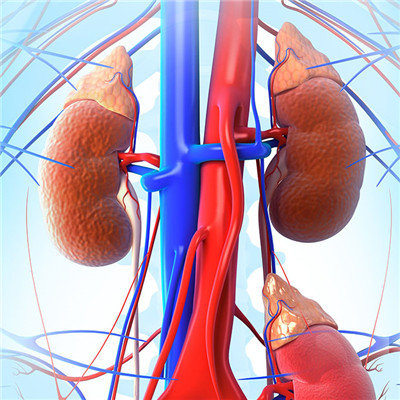What reason is infantile brain abscess caused by?
summary
Brain abscess is a kind of necrotic abscess cavity formed by pyogenic bacteria invading into the brain tissue. It is a common type of focal pyogenic infection in the central nervous system. Although it is rare in pediatrics, it is very important because improper diagnosis or treatment can lead to serious adverse consequences and even death. In recent years, the progress of CT, MRI and other diagnostic techniques has greatly improved the understanding of this kind of focal infection. Although the treatment of this disease is very difficult, it is still possible to obtain a better prognosis. Now let's talk about what causes brain abscess in children?
What reason is infantile brain abscess caused by?
1. The routes of infection are blood borne, adjacent infection spread, traumatic and cryptogenic (also mostly blood borne). Most microorganisms (such as bacteria, fungi or parasites) can cause focal suppurative infection of the central nervous system. The most common bacteria causing brain abscess are Streptococcus, Staphylococcus, intestinal bacteria and anaerobic bacteria
2. Most brain abscesses were mixed infection. Streptococcus and Gram-negative bacteria, such as Salmonella typhimurium, Sarre, bacillus, enterobacteria and Bacteroides fragilis, are common bacteria causing neonatal brain abscess. The incidence rate of Pseudomonas aeruginosa infection is increased in patients with chronic otitis media or granulocytic deficiency. In patients with congenital or acquired neutropenia, bone marrow transplantation, or HIV infection, the incidence of brain abscess is significantly increased, and most of them are caused by fungi.
3. The common fungi are Candida and Aspergillus; Cryptococcus usually causes meningitis, but it can also cause brain abscess. Blastomyces, histocerebrospinal bacteria and coccidiospores can also cause brain abscess occasionally. Other pathogens causing brain abscess include amoeba histolytica, Acanthamoeba, Schistosoma japonicum, Paragonimus and Toxoplasma gondii. Various worm cercariae, such as strongylostrongylus faecalis, Trichinella spiralis and cysticercosis ambricoides, can occasionally migrate to the central nervous system and cause brain abscess.
matters needing attention
Bacteremia or sepsis can spread to the brain through blood, which should be prevented and treated actively. Especially in children with cyanotic congenital heart disease, thrombosis is easy to form. Other children with congenital heart disease are prone to bacterial endocarditis, which is easy to form purulent emboli and cause the disease. Such as paranasal sinus, middle ear, mastoid suppurative inflammation, scalp infection, etc., can spread to local infection, causing the disease, should be actively treated.














